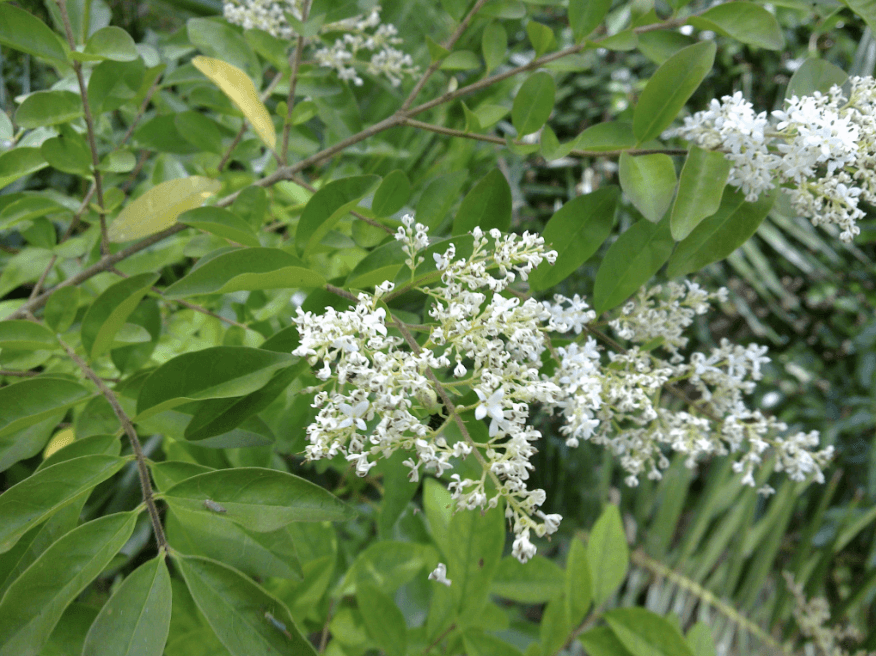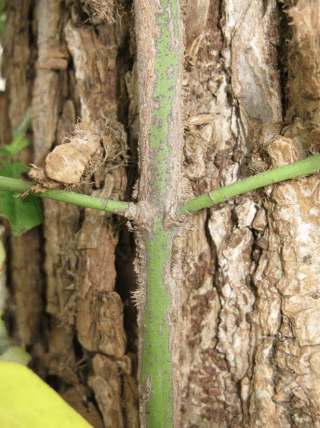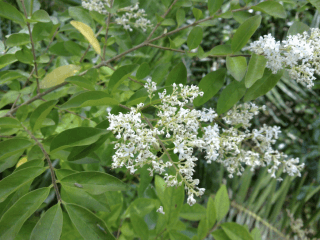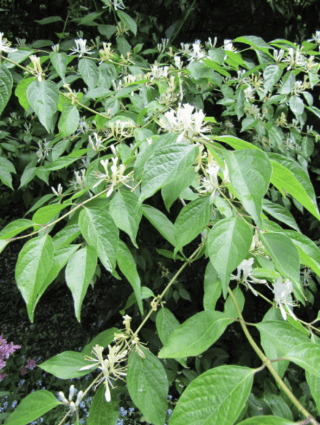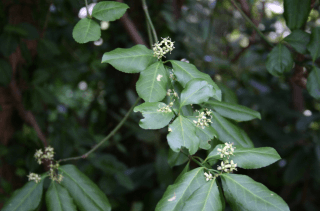What is an invasive plant?
We get asked this question a lot. Even though the term is used frequently, few understand exactly what it means.
An invasive species plant is one that out-competes our native plants. Invasive species don’t necessarily have to come from another country. Species that grow and reproduce quickly, spread aggressively, and have potential to cause harm are generally called “invasive.”
The National Wildlife Foundation states that invasive species are among the leading threats to native wildlife. Approximately 42% of threatened or endangered species are at risk because of invasive species.How do invasive species impact our ecosystem?
- Invasive species’ leaves stay green and persist later in fall and into winter. This gives them time to store food reserves in their root systems for winter survival.
- Those food reserves allow them to emerge earlier in spring and block sunlight from later emerging native plants, like wildflowers. Native plants often reappear once invasive species have been removed.
- In late fall and early winter, these invasive species are often the only ones providing food for wildlife. They can change the food web in an ecosystem by destroying or replacing native food sources, plus they don’t give adequate nutrition to native wildlife. This also makes them easier to identify and remove during the winter months.
- Wildlife will consume and distribute the seeds, which spreads the invasive plant’s habitat.
- Human health and economies are also at risk from invasive species. The impact on our natural ecosystems and economy cost billions of dollars each year.
- Climate changes also enable invasive species to move into new areas.
Identify, Remove & Replace
The good news: We can fight back. How? By identifying, removing, and replacing them. Invasive species can be physically removed, but it is hard work and requires year-round vigilance. However, the work is worth it, and there are wonderful native alternatives for every invasive species.
Identifying Invasive Species The first step to fighting back is identifying the invasive species in your area. Some invasive species are still sold at nurseries, garden stores and by landscapers. Three of the most aggressive invasive species in Northwest Arkansas are:
Chinese Privet (Ligustrum sinense)
Bush Honeysuckle (Lonicera maackii)
Creeping Euonymous/Wintercreeper (Euonymous fortunei)
Removing Invasive Species The second step is to remove the invasive species. This can be done by hand, or with the help of animals like goats. Herbicides aren’t recommended, because they’re pretty ineffective against invasive species.
Replacing Invasive Species The third step is to replace the invasive species with native alternatives. The city of Fayetteville provides an educational packet identifying 18 of the top invasive species in our area along with photos, identification keys and recommended native alternatives on their website.
How can you help? Sign up to volunteer at one of the many invasive species removal events held all over Northwest Arkansas! Be sure to check Give Pulse and Fayetteville Parks & Recreation for upcoming events.
By Jan Partain, Office for Sustainability Biodiversity Coordinator.
